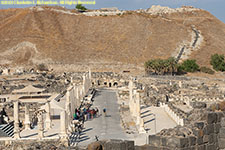
Strategically located at the intersection of the Jezreel and Jordan valleys, Be'it She'an has the most extensive Roman-era ruins in Israel. The park covers the ancient city of Bei't She'an-Scythopolis and Tel Be'it She'an. The first archeological excavations here took place in the 1920s. Excavations have uncovered only about a tenth of the city's area. The settlements here began in the fifth millenium BCE on the tel south of Harod Stream.
In the late Canaanite period (16th-12th centuries BCE) the city became the seat of Egyptian rule. It was eventually conquered by King David along with Megiddo and Ta'anoch and became the region's administrative center during King Solomon's reign. The site was destroyed in 732 BCE during the conquest of the western part of the country by Assyrian King Tiglath-Pileser III.
During the Hellenistic Period, Nysa-Scythopolis was built on the site. At the end of the second century BCE the city fell to the Hasmoneans, the population was exiled, and the city became predominantly Jewish.
Following the Roman conquest in 63 BCE, the city was once again dominated by gentiles as one of the cities of the Decapolis, the only one west of the Jordan River, and was the most important city in northern Israel. Under Roman rule the population consisted of pagans, Jews, and Samaritans. During the revolt against the Romans in 66 CE, the city's Jewish residents were exterminated.
In the Byzantine period, Be't She'an became largely Christian, with a population of 30,000-40,000. The city's defensive walls were constructed.
In the aftermath of the Arab conquest, it declined in prominence and its population dwindled. The city was devastated by a severe earthquake in 749 CE. The location became known as Beisan and was home to a rural settlement built during the Abbassid Period.
During the medieval period the settlement was concentrated on the southwest portion of the area. During the Crusader period a fortress was built east of the destroyed amphitheater. Under Ottomon rule Beisan remained a small settlement.
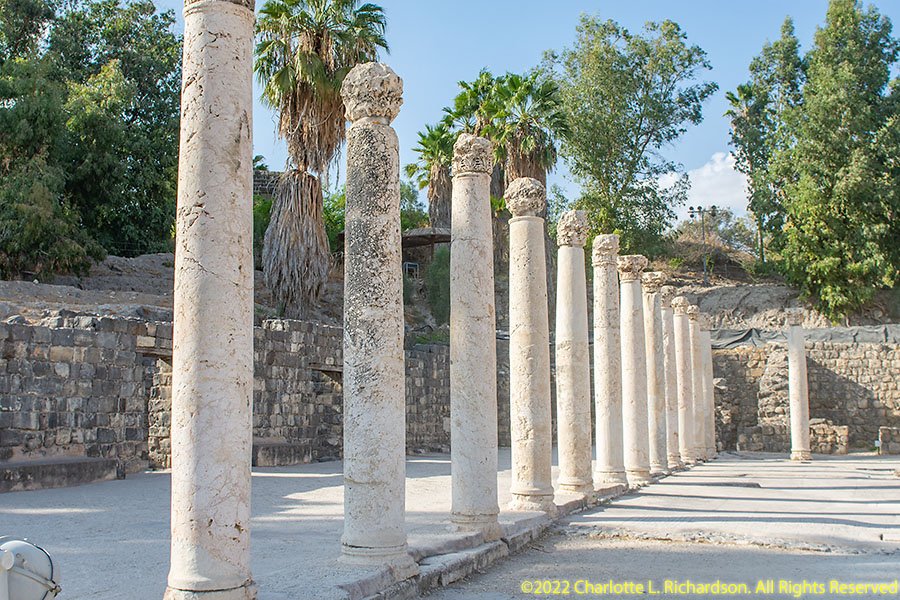
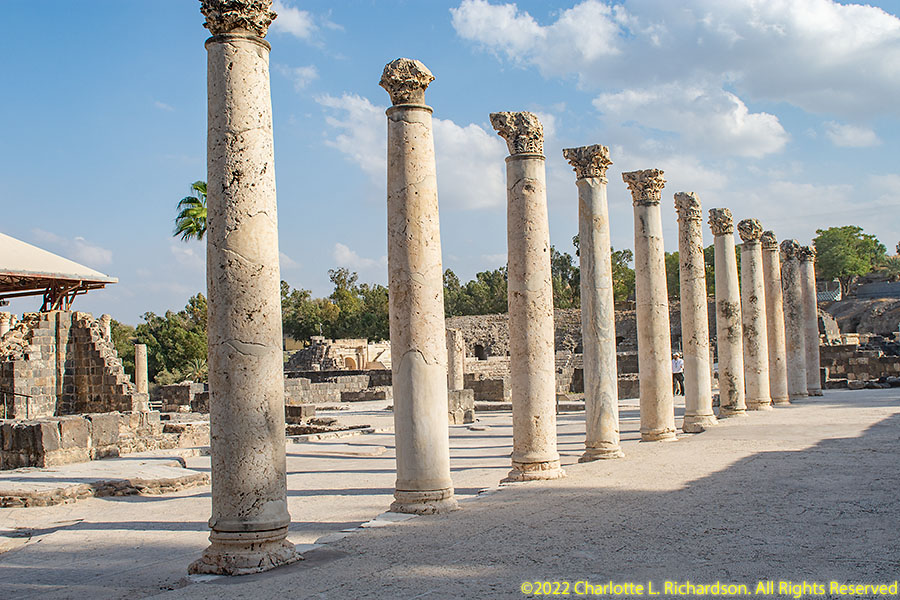
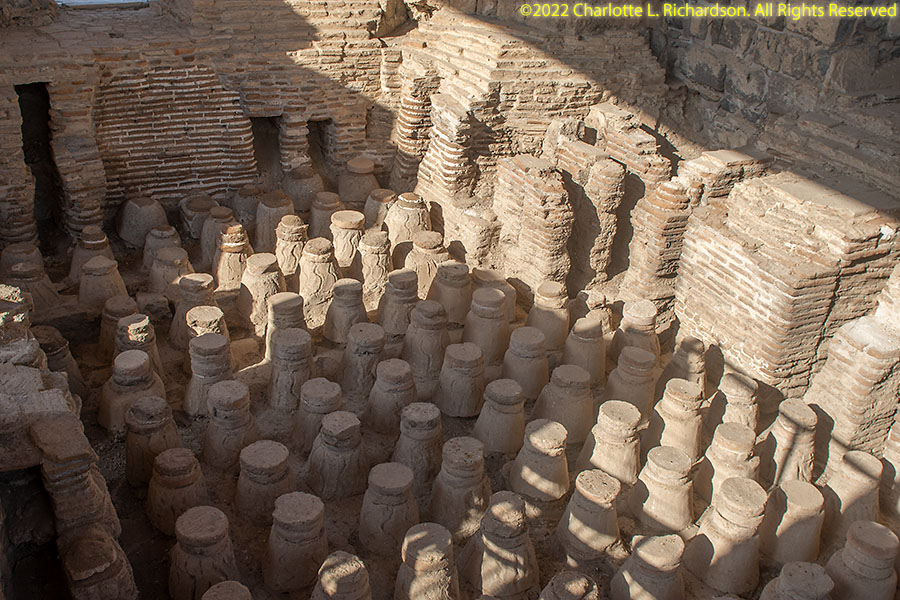
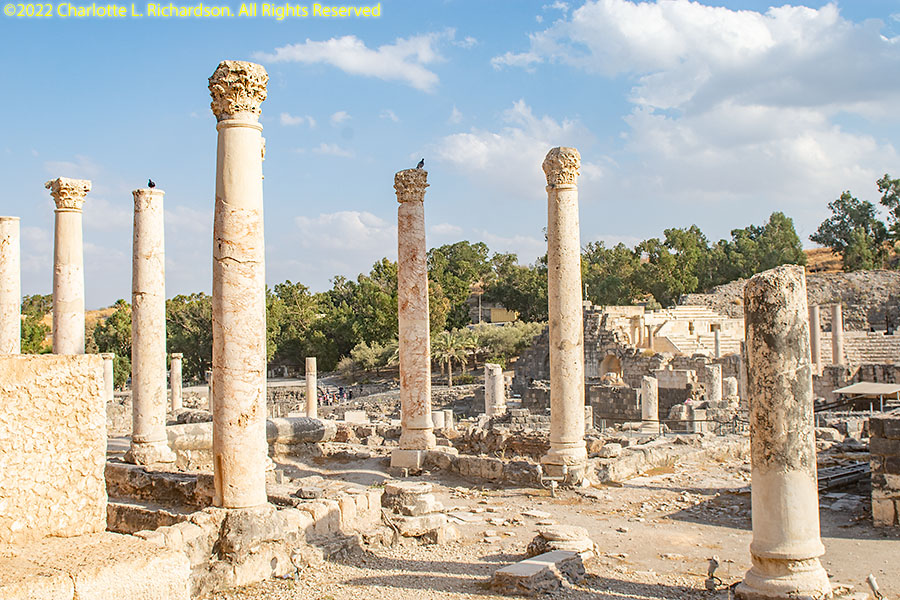
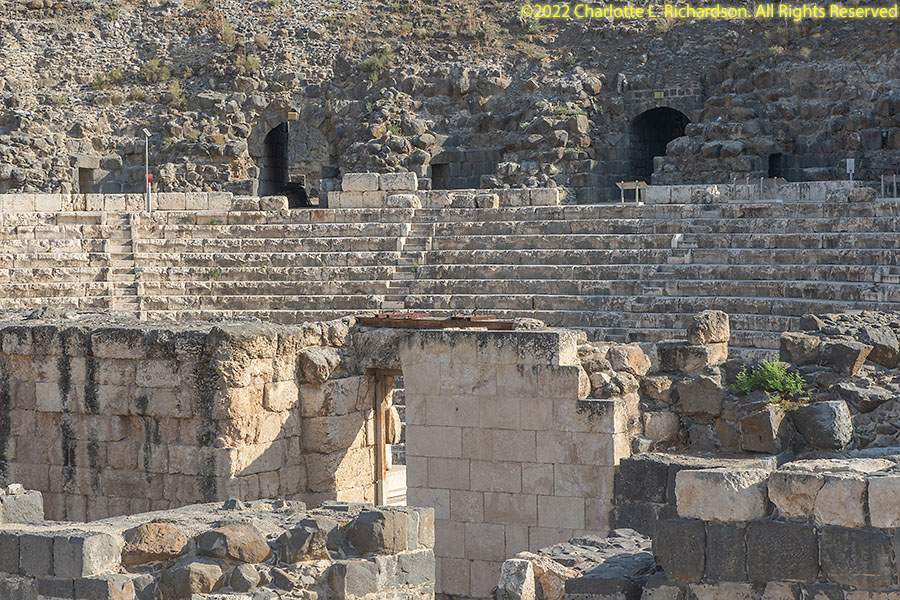
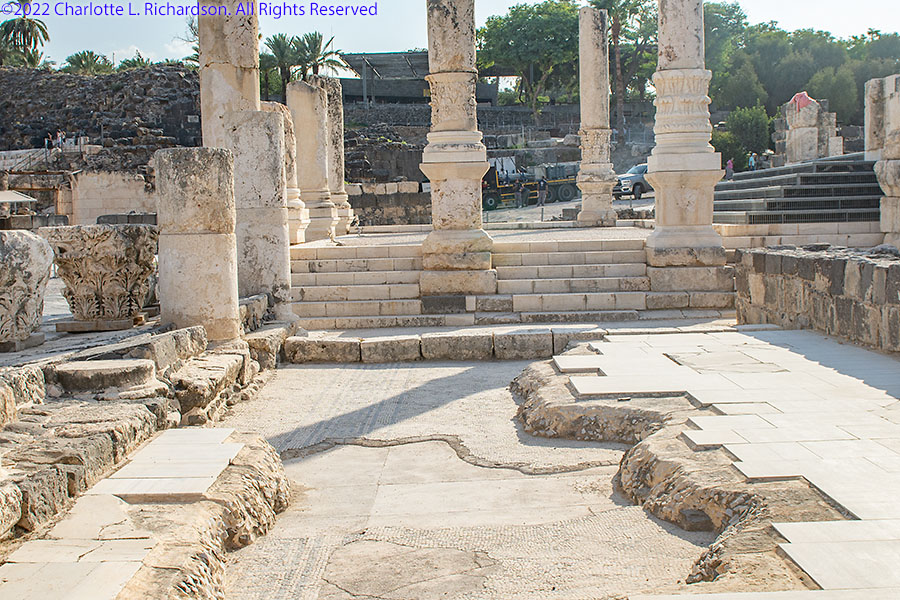
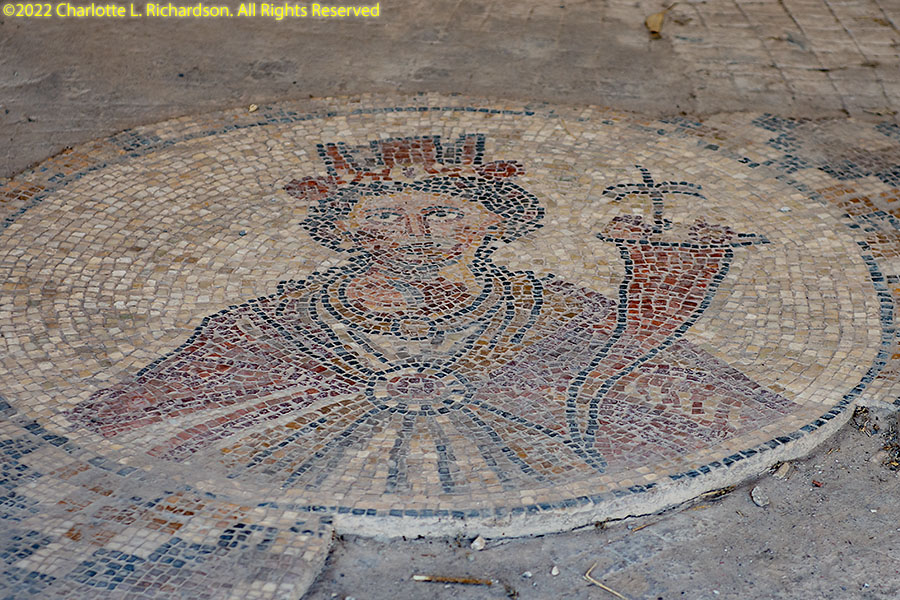
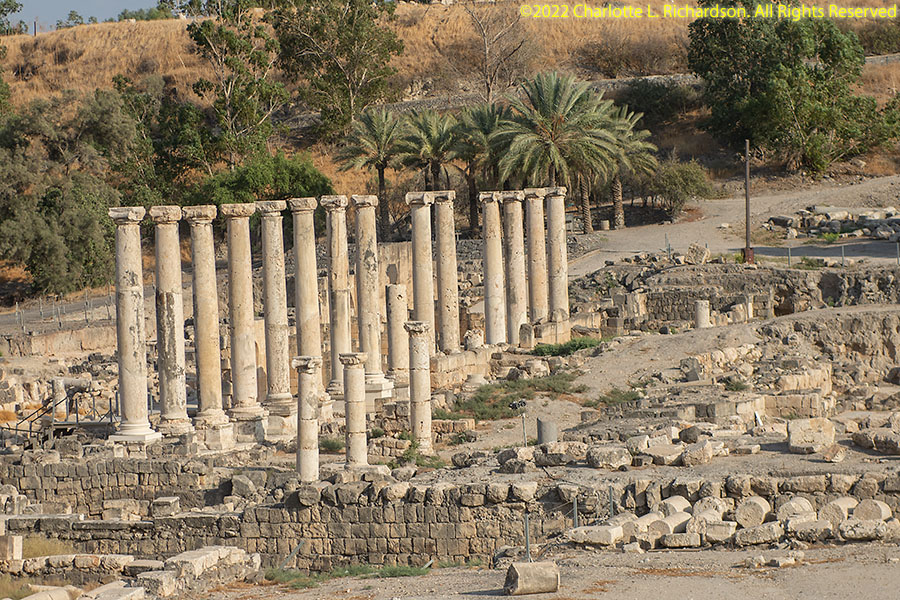
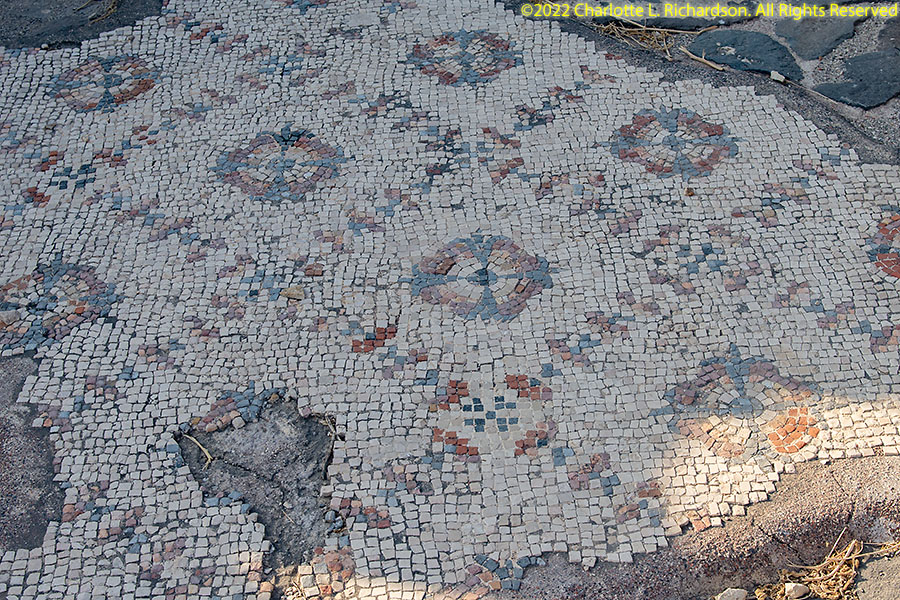
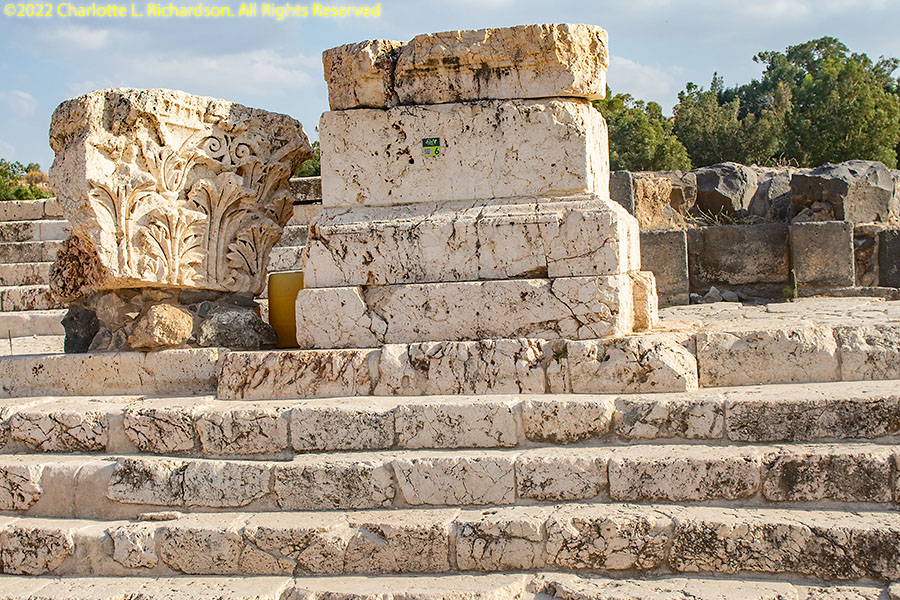
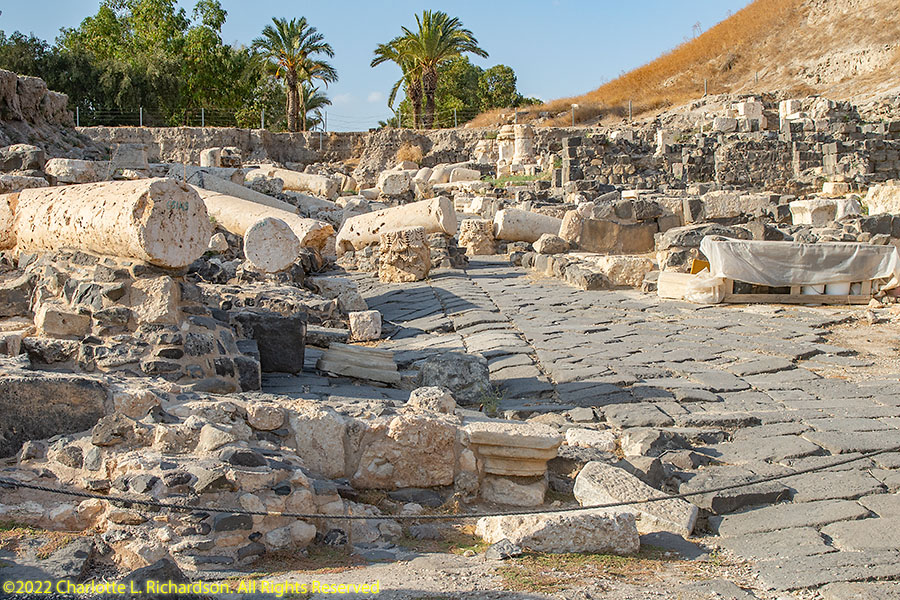
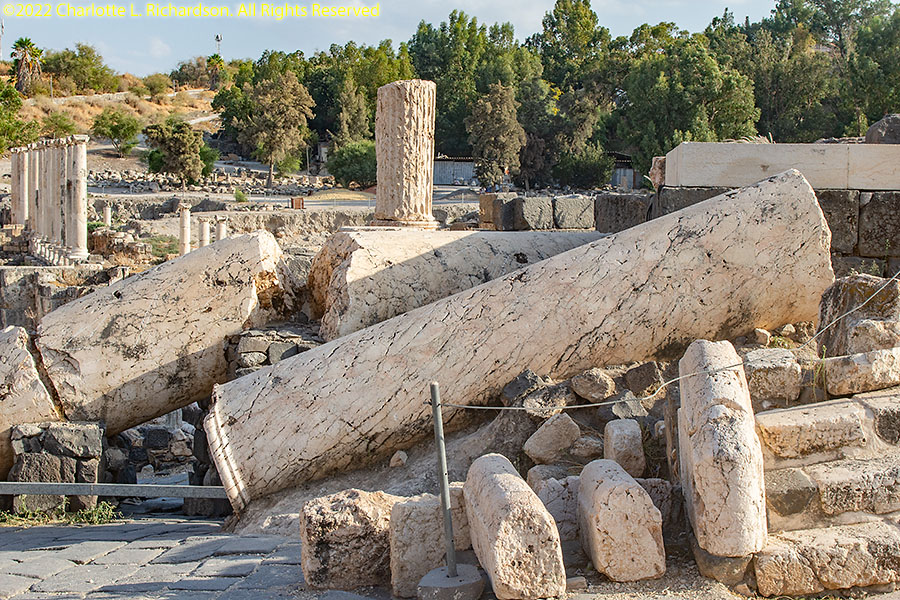
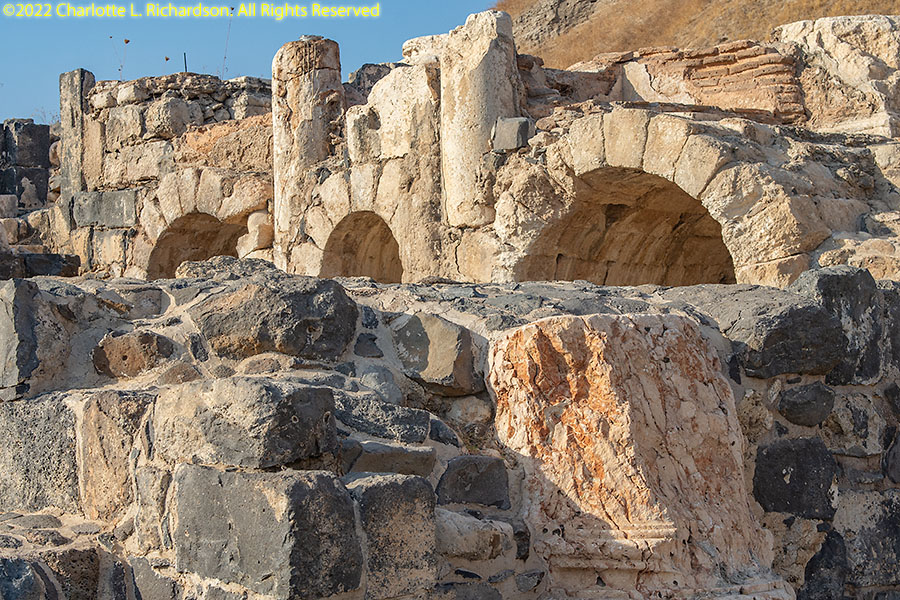
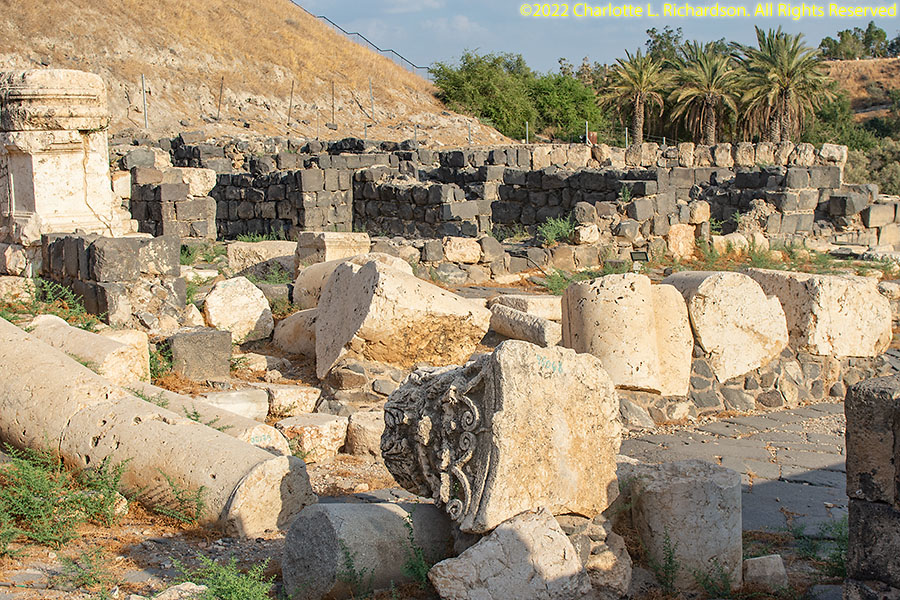
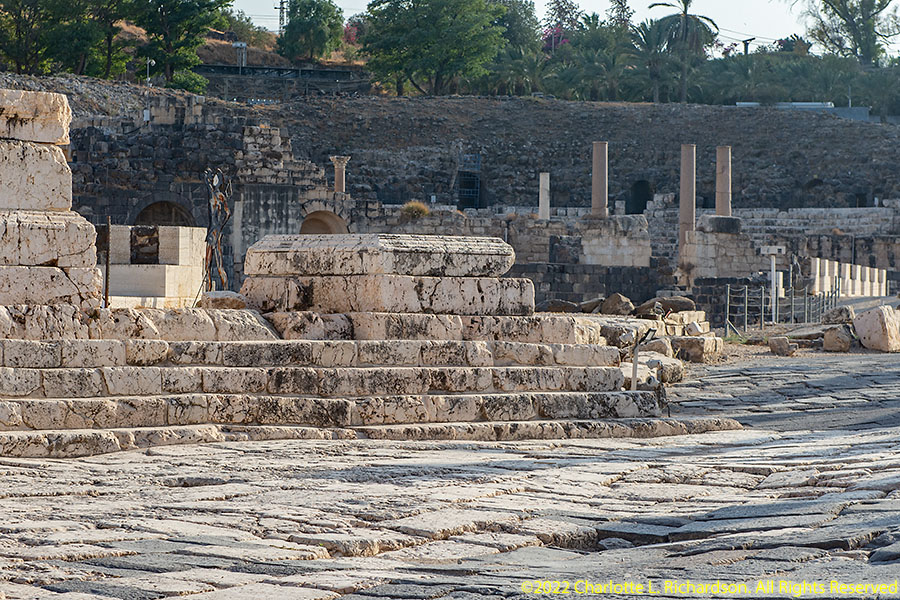
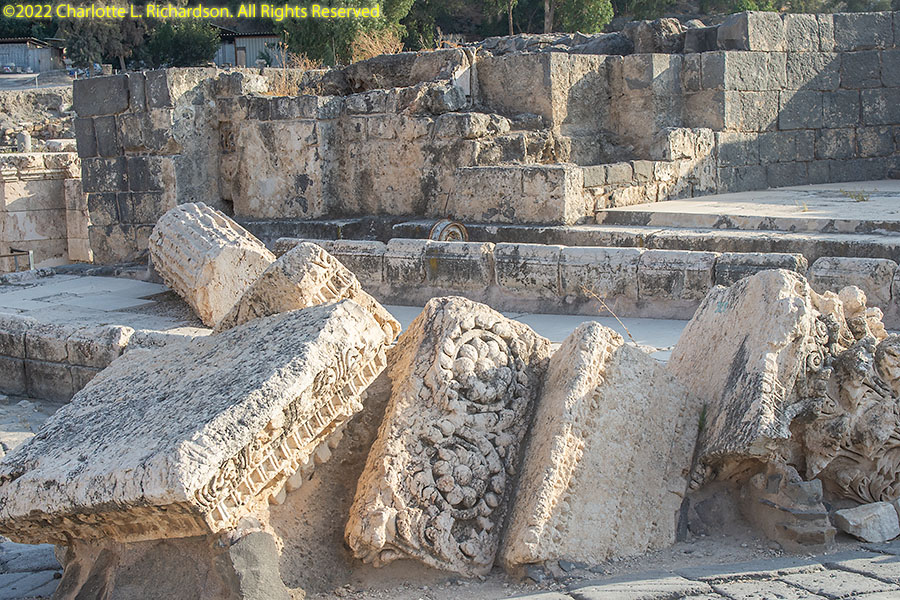
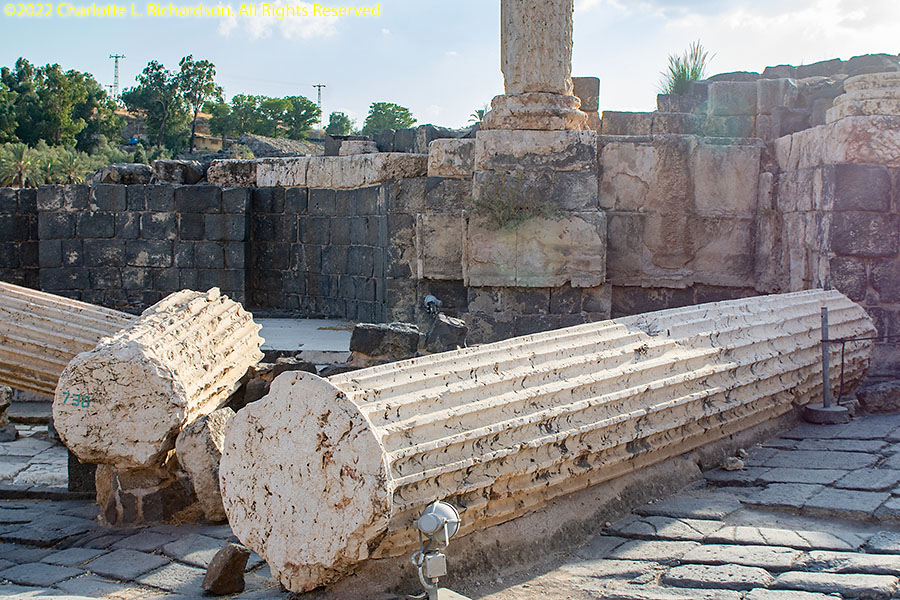
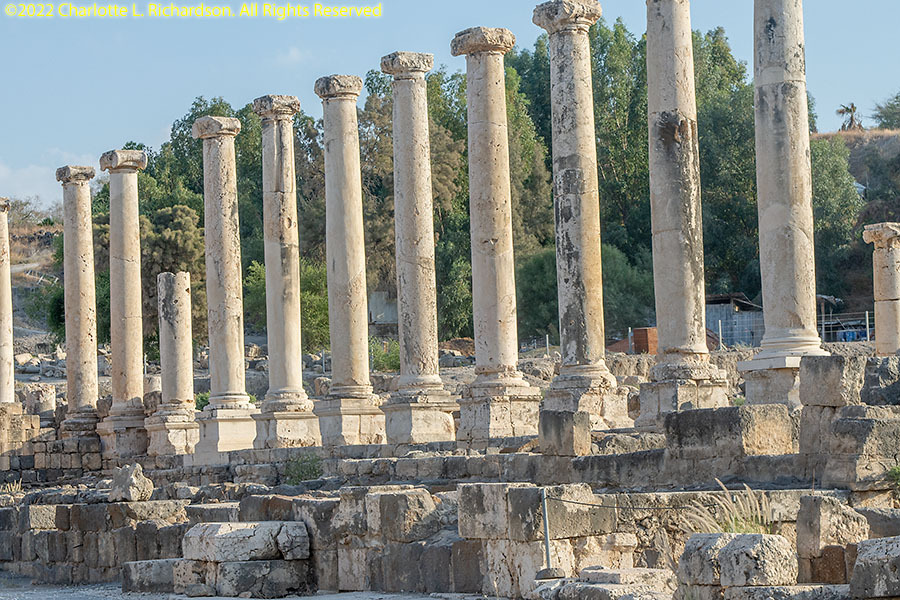
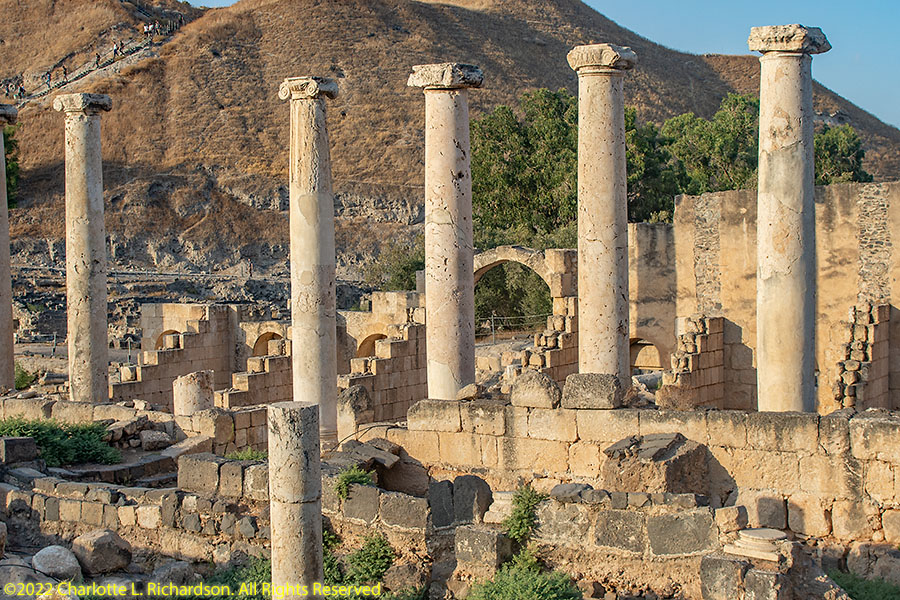
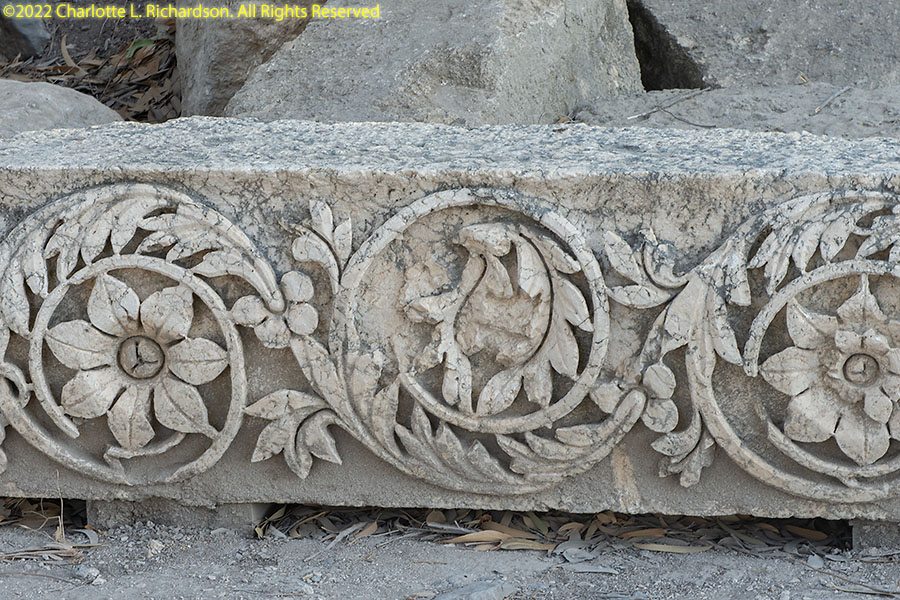
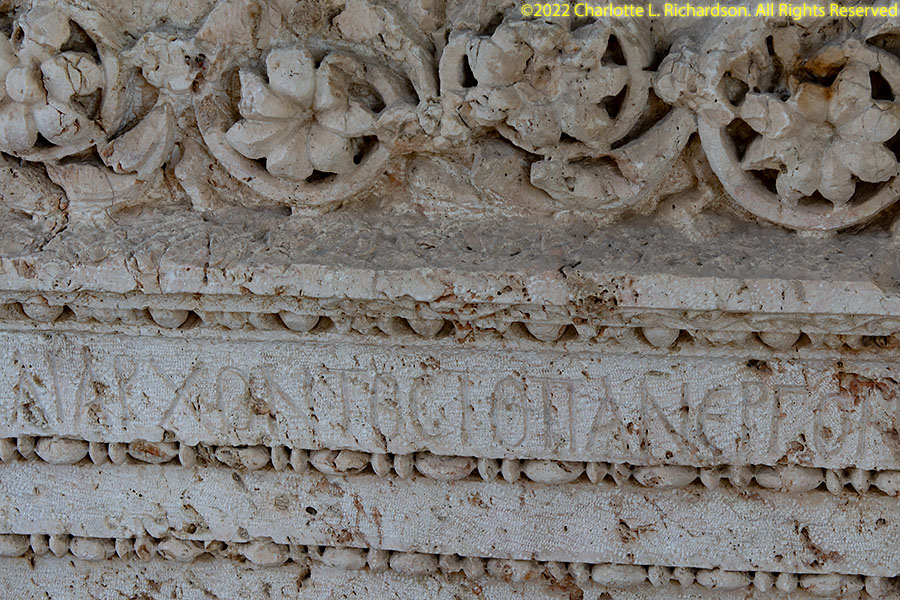
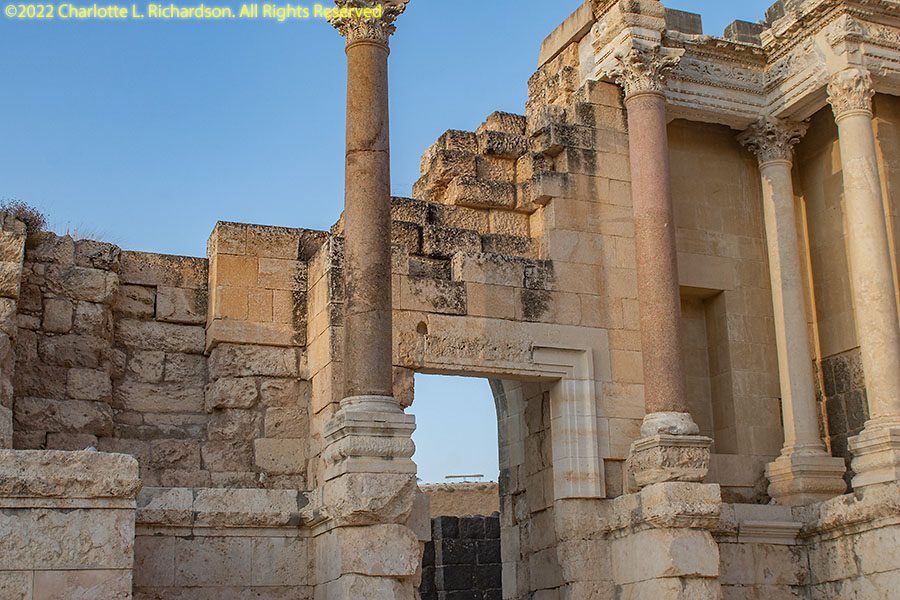
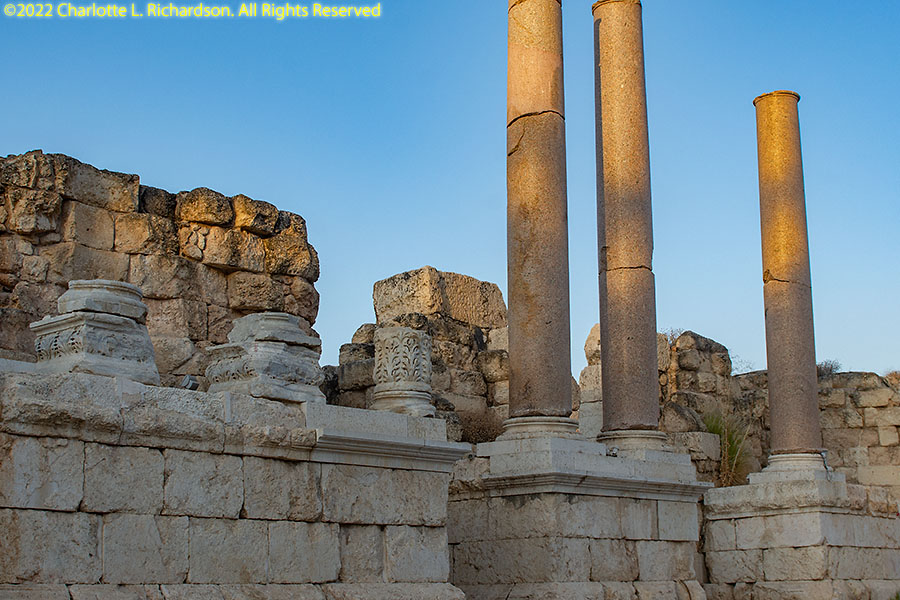
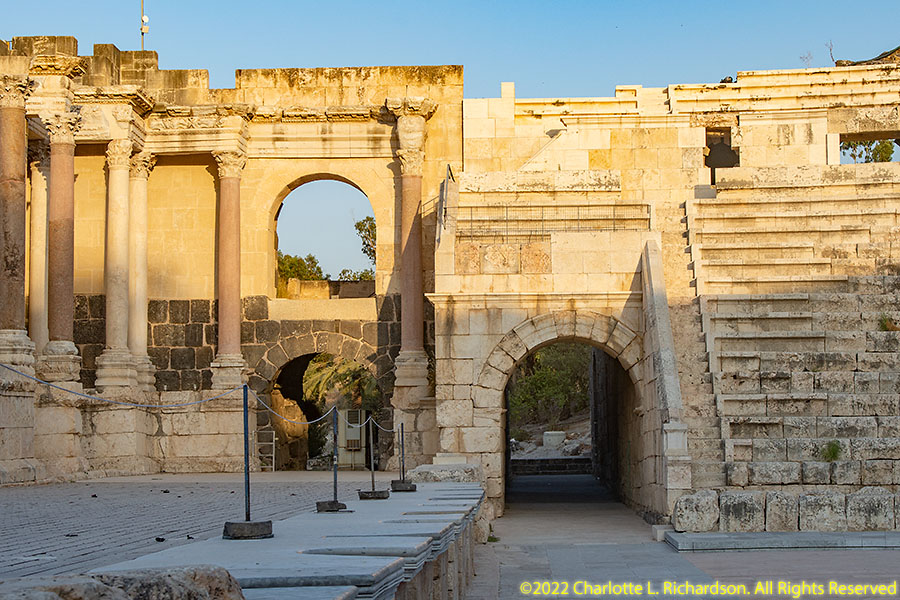
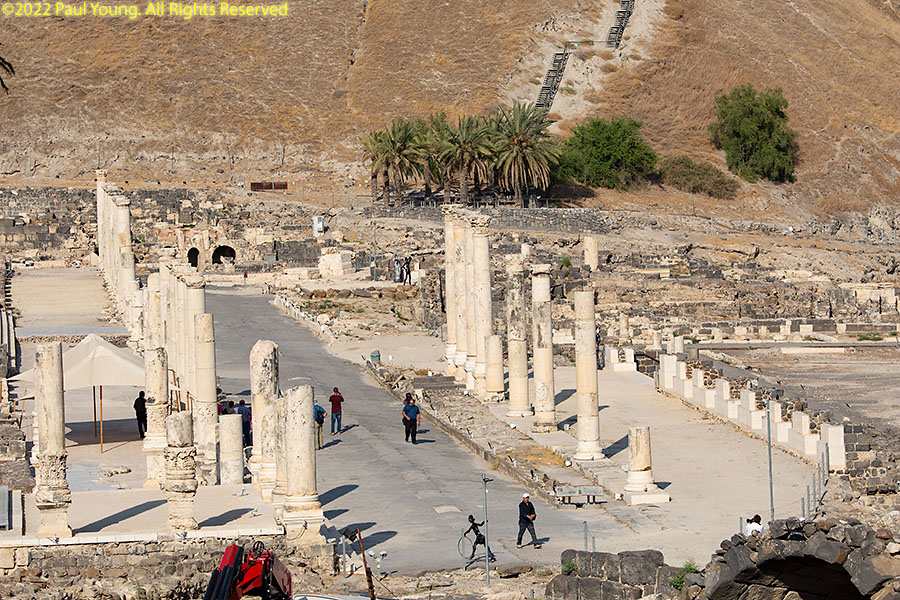
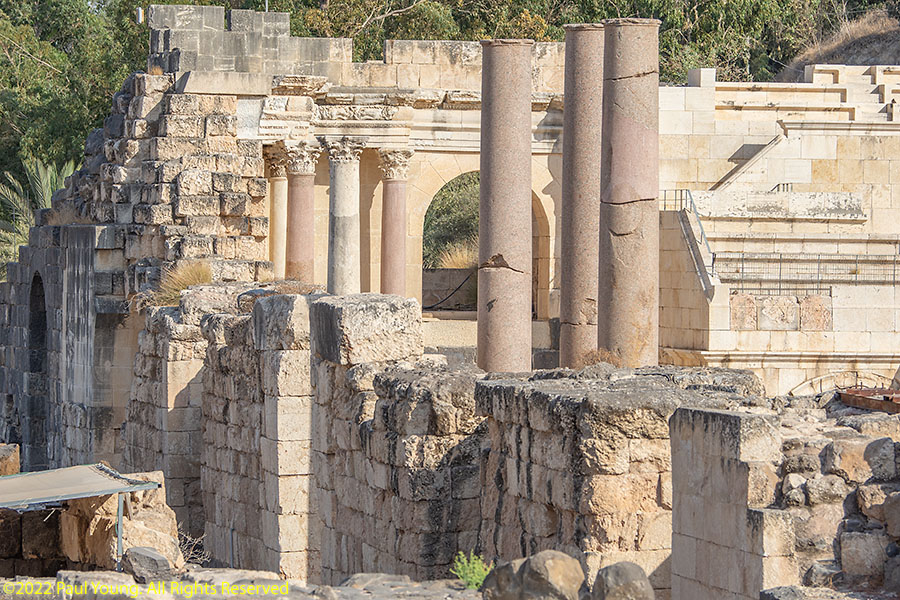
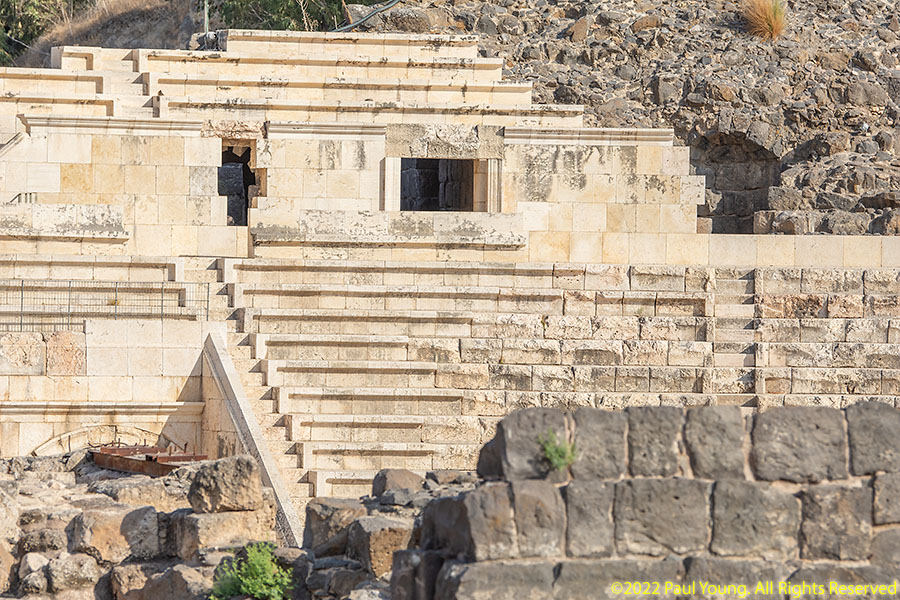
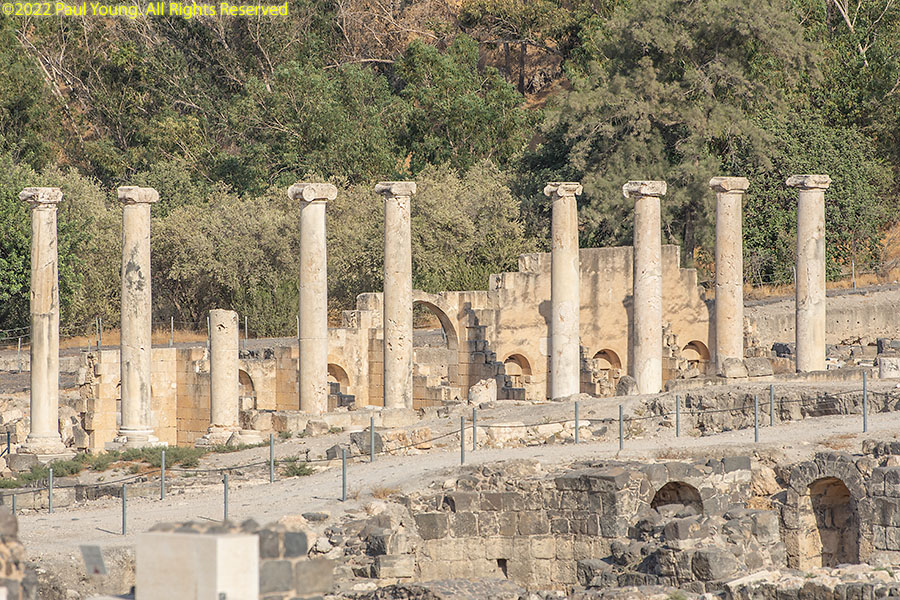
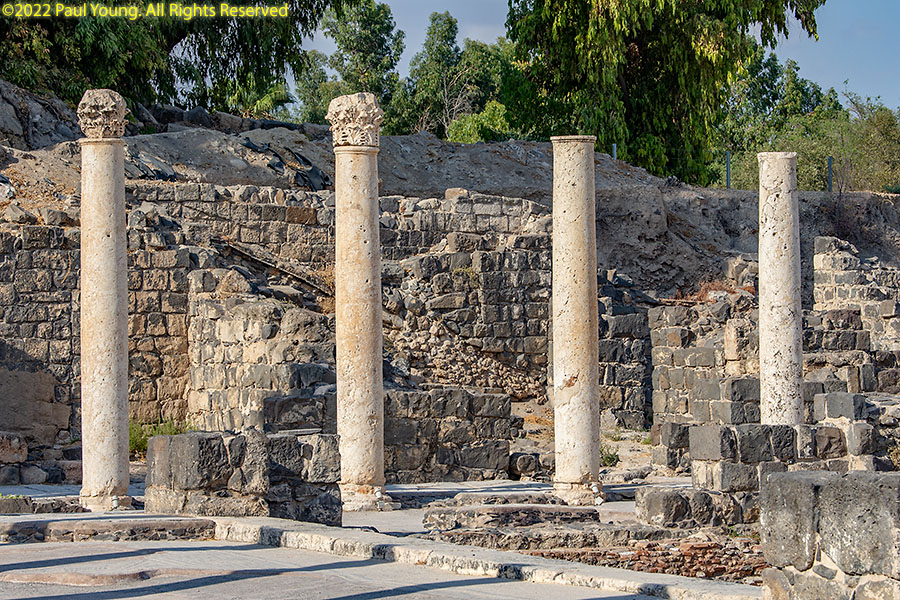
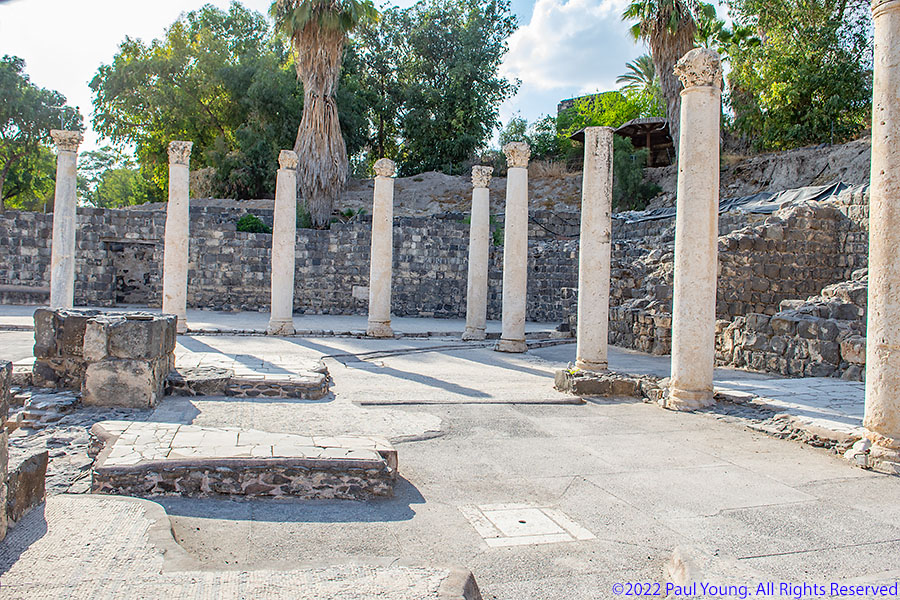
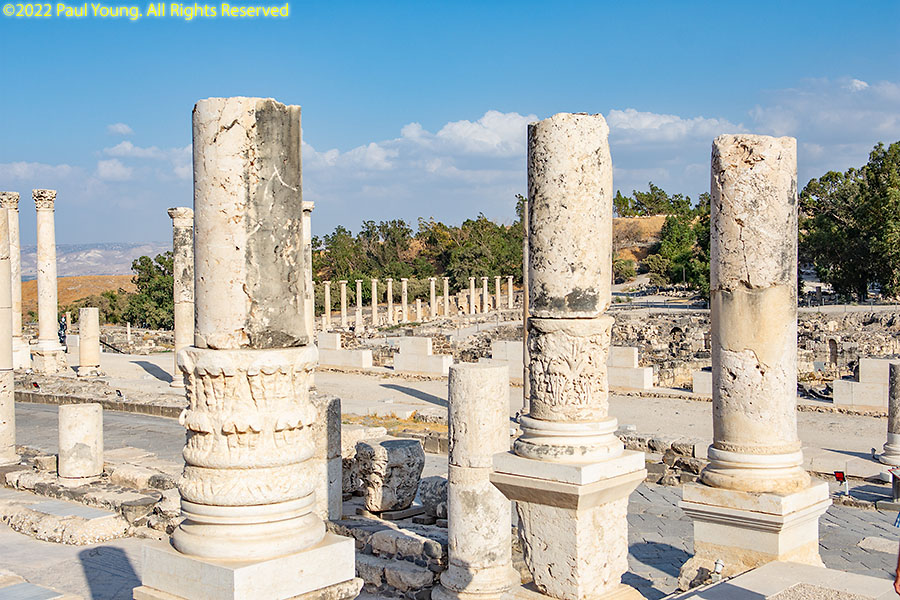
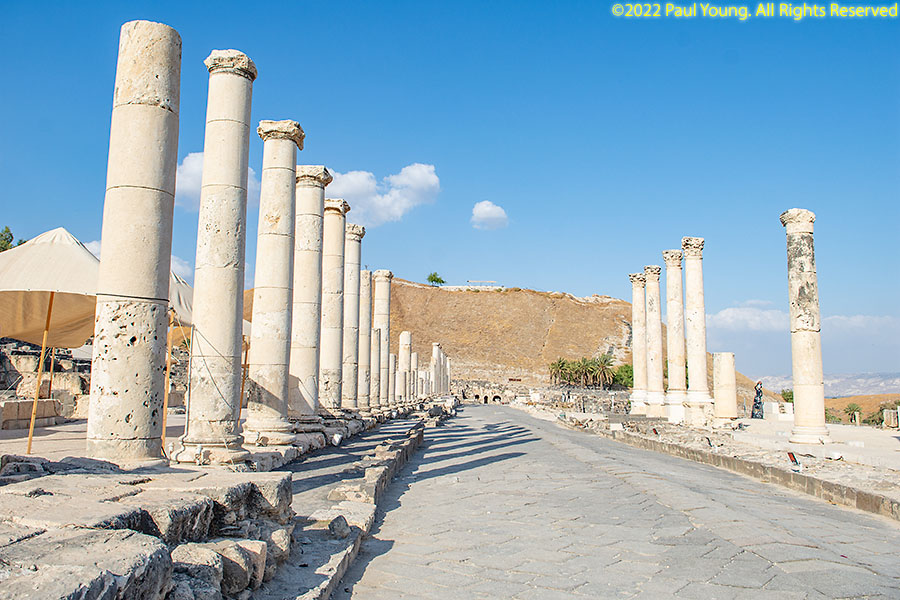
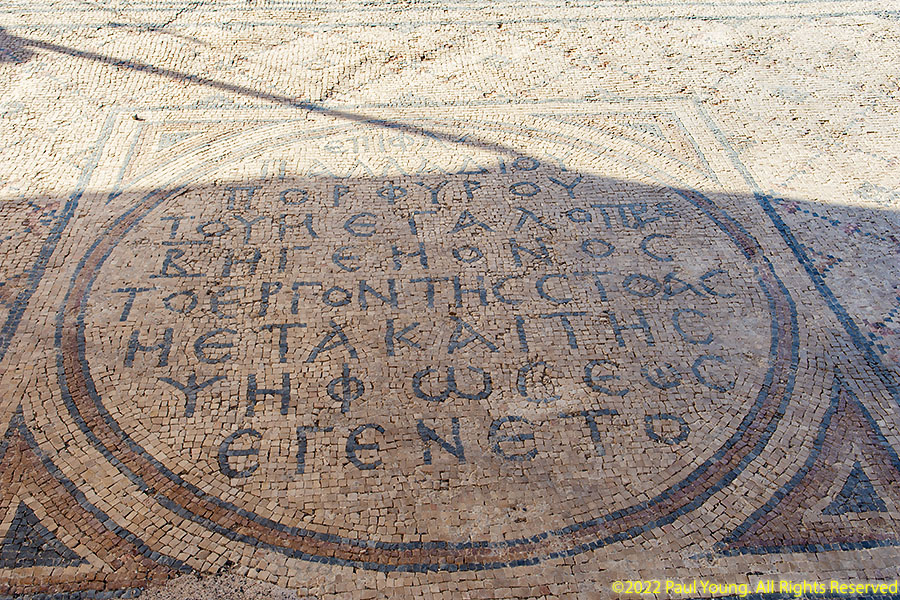
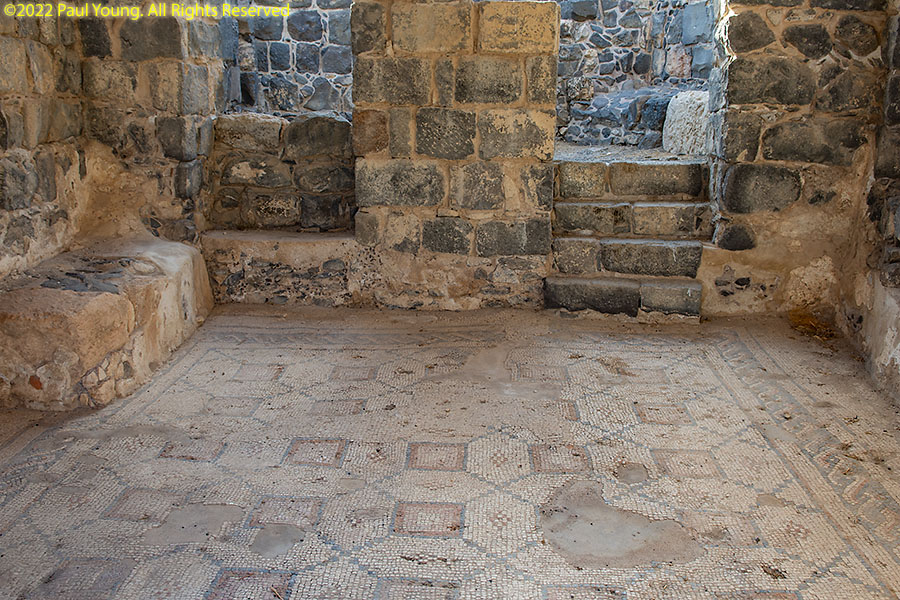
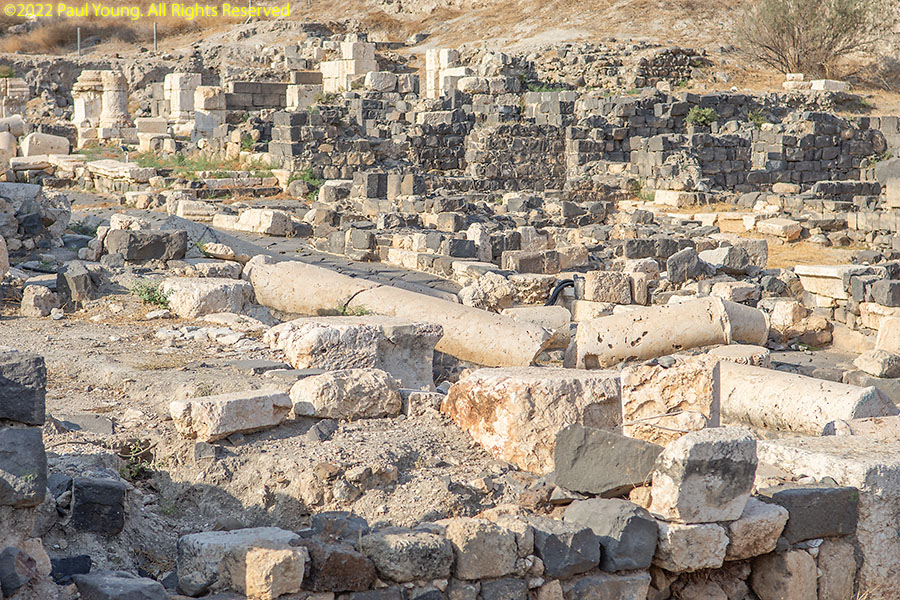
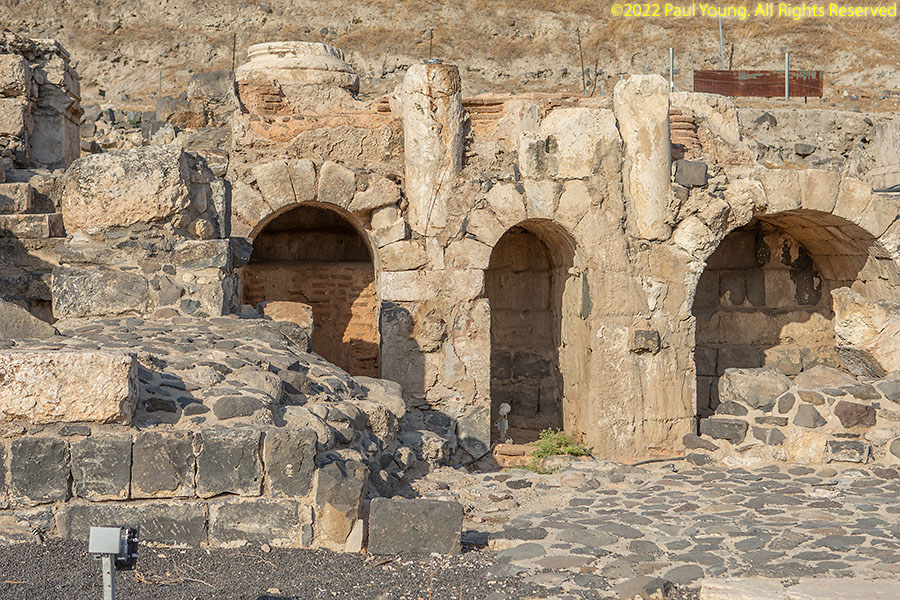
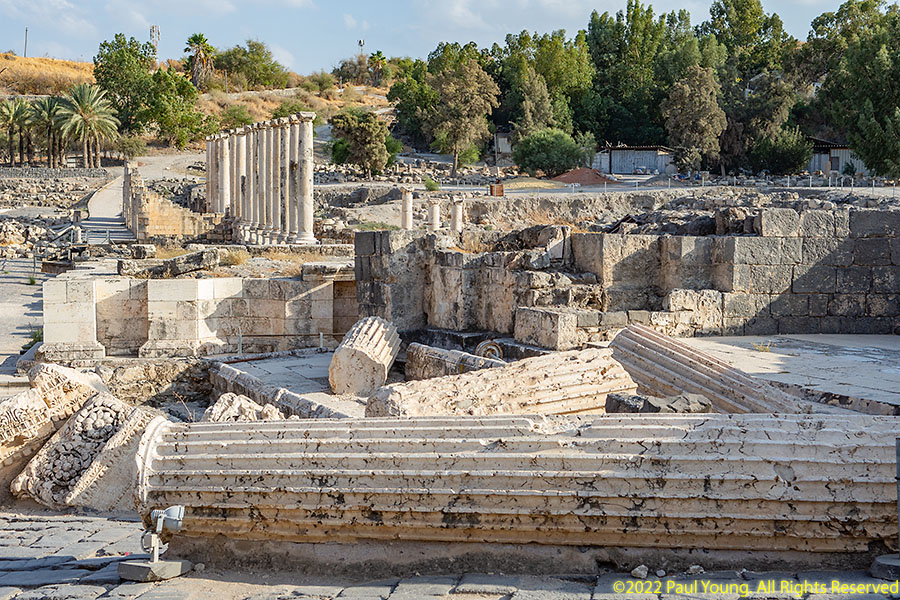
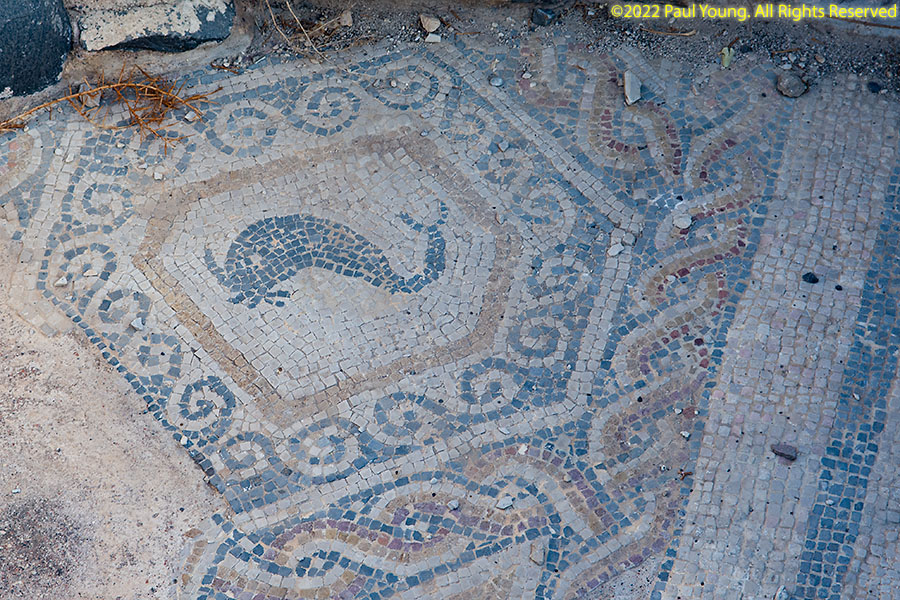
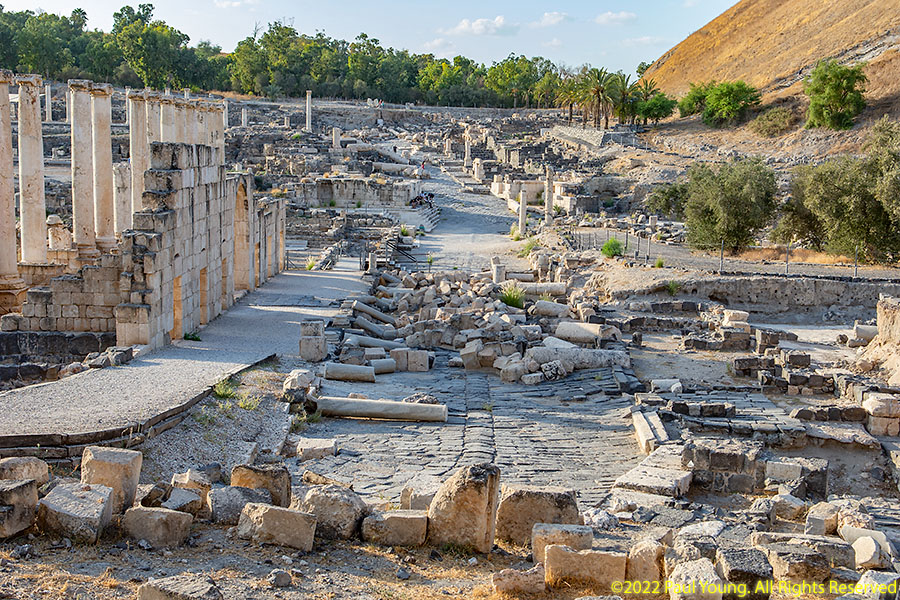
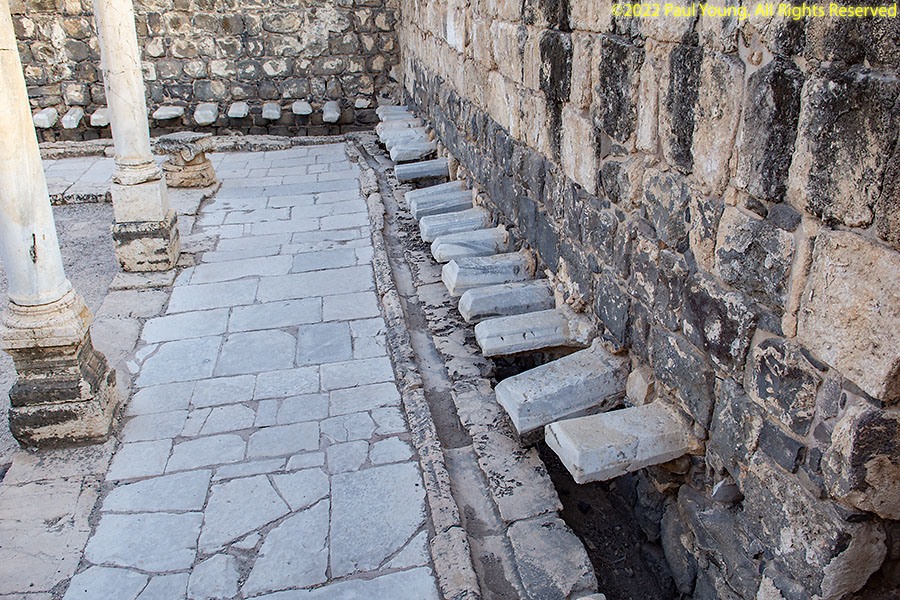
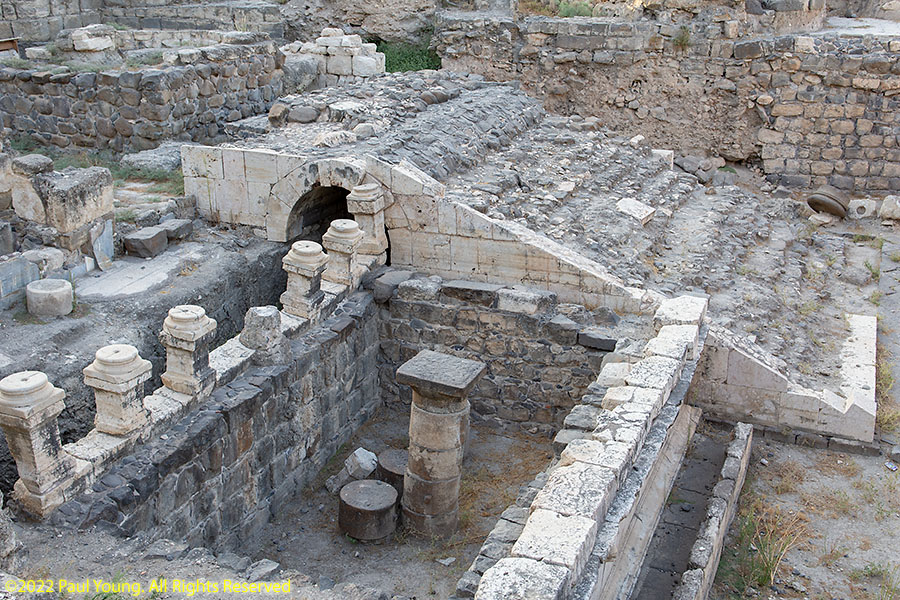
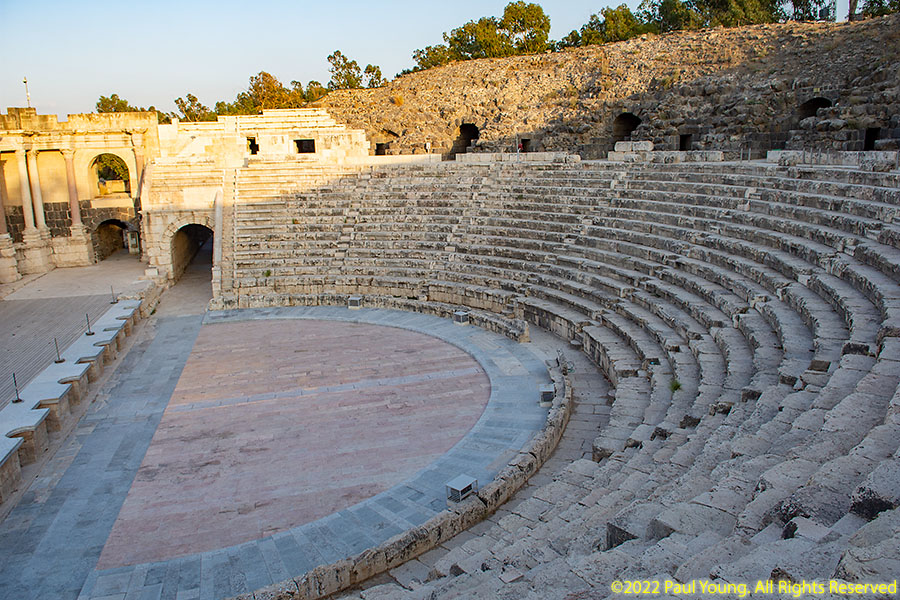
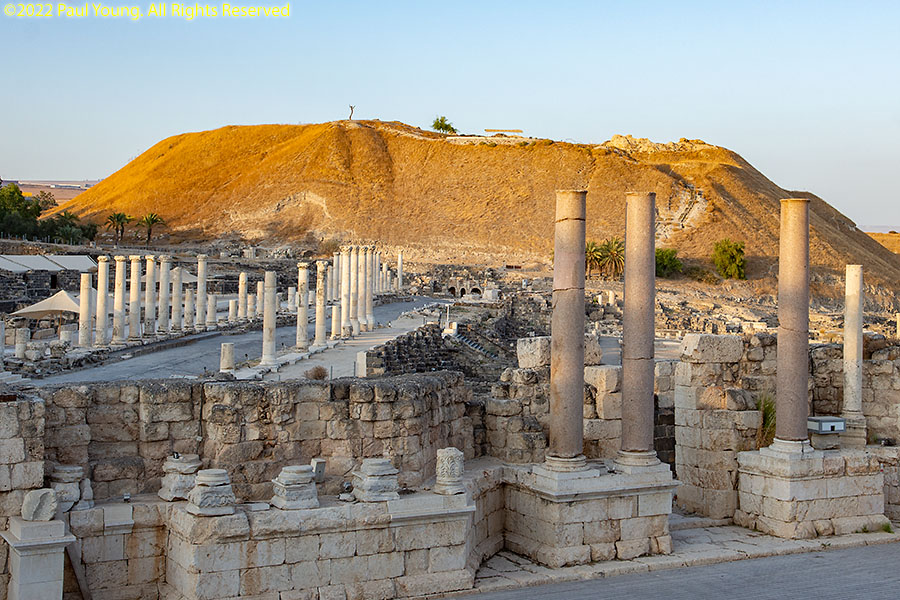
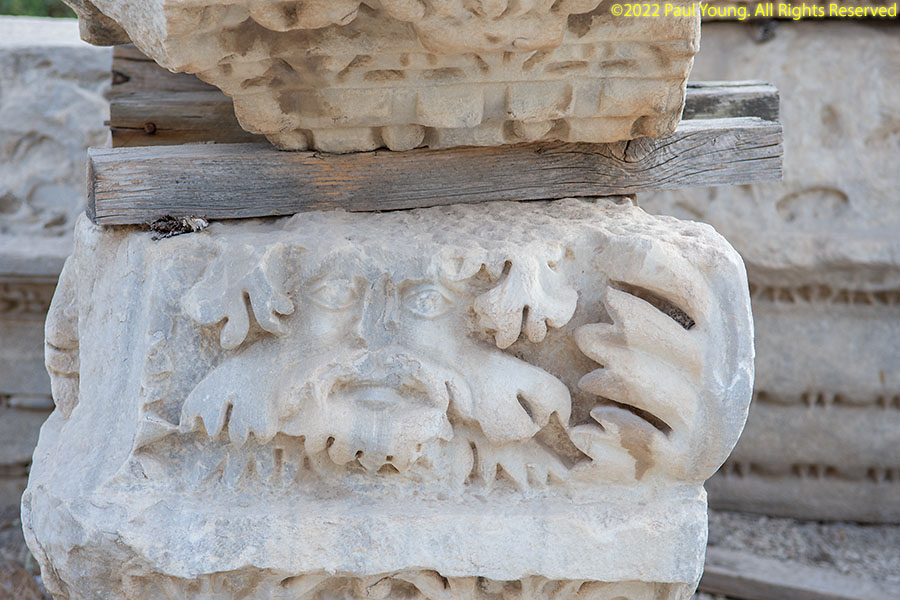
©2022 Mermaid Underwater Photographic. All Rights Reserved.
This page sponsored by Mermaid Underwater Photographic. Contact us at mermaid@underwater.org.
Last modified 30 November 2022